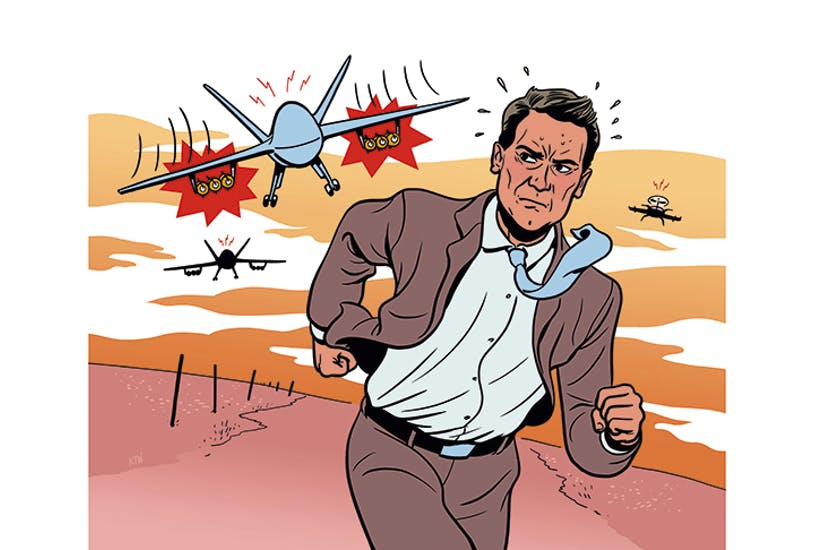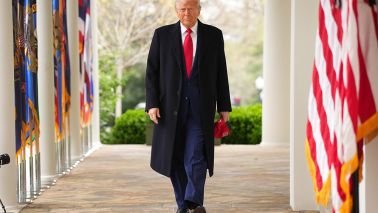Drones have come of age in the war on terror. When the United States and Britain invaded Afghanistan in 2001, the technology was barely out of the lab. Today, these flying machines represent a huge security threat. If reports are to be believed, a Houthi rebel-launched drone attack in Saudi Arabia last weekend shut down 5 per cent of the world’s global oil supply and caused the largest spike in the price of oil since the first Gulf War in 1990. This is what the future of warfare looks like.
So far, drones have been mostly on our side: used, very effectively, to disrupt and damage terrorist networks. The campaign against Al-Qaeda in Afghanistan and Pakistan that started in 2004 has been dubbed the Drone War. It’s estimated drones killed some 2,000 militants. But the technology moves on: drones are now accessible to anyone, from the Pentagon to rogue individuals. Wars in the 21st century will involve not just aircraft-sized drones built by defence manufacturers but smaller, cheaper devices operated remotely by a handful of attackers which can cause profound and significant disruption.

Get Britain's best politics newsletters
Register to get The Spectator's insight and opinion straight to your inbox. You can then read two free articles each week.
Already a subscriber? Log in






Comments
Join the debate for just £1 a month
Be part of the conversation with other Spectator readers by getting your first three months for £3.
UNLOCK ACCESS Just £1 a monthAlready a subscriber? Log in